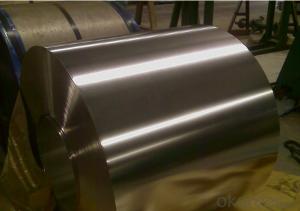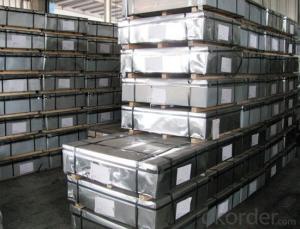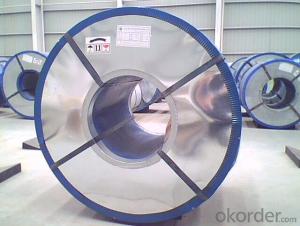Electrolytic Tinplate Coil and Sheets for Foods Packaging
- Loading Port:
- Tianjin
- Payment Terms:
- TT OR LC
- Min Order Qty:
- 25 m.t.
- Supply Capability:
- 7000 m.t./month
OKorder Service Pledge
OKorder Financial Service
You Might Also Like
1.Structure of Electrolytic Tinplate (ETP) Coil and Sheets for Foods Packaging Description
Electrolytic Tin Plate Coils and Sheets for Foods Metal Packaging, is one thin steel sheet with a coating of tin applied by electrolytic deposition. Tinplate made by this process is essentially a sandwich in which the central core is strip steel. This core is cleaned in a pickling solution and then fed through tanks containing electrolyte, where tin is deposited on both sides. As the strip passes between high-frequency electric induction coils, it is heated so that the tin coating melts and flows to form a lustrous coat.
2.Main Features of the Electrolytic Tinplate (ETP) Coil and Sheets for Foods Packaging
Appearance – Electrolytic Tin Plate is characterized by its beautiful metallic luster. Products with various kinds of surface roughness are produced by selecting the surface finish of the substrate steel sheet.
Paintability and printability – Electrolytic Tin Plates have excellent paintability and printability. Printing is beautifully finished using various lacquers and inks.
Formability and strength – Electrolytic Tin Plates have got very good formability and strength. By selecting a proper temper grade, appropriate formability is obtained for different applications as well as the required strength after forming.
Corrosion resistance – Tinplate has got good corrosion resistance. By selecting a proper coating weight, appropriate corrosion resistance is obtained against container contents. Coated items should meet 24 hour 5 % salt spray requirement.
Solderability and weldability – Electrolytic Tin Plates can be joined both by soldering or welding. These properties of tinplate are used for making various types of cans.
Hygienic – Tin coating provides good and non toxic barrier properties to protect food products from impurities, bacteria, moisture, light and odours.
Safe – Tinplate being low weight and high strength makes food cans easy to ship and transport.
Eco friendly – Tinplate offers 100 % recyclability.
Tin is not good for low temperature applications since it changes structure and loses adhesion when exposed to temperatures below – 40 deg C.
3.Electrolytic Tinplate (ETP) Coil and Sheets for Foods Packaging Images
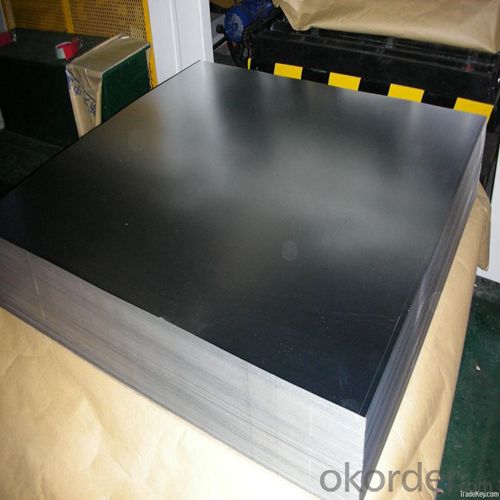

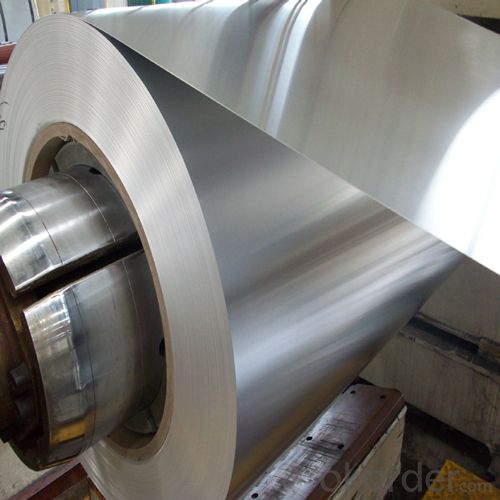
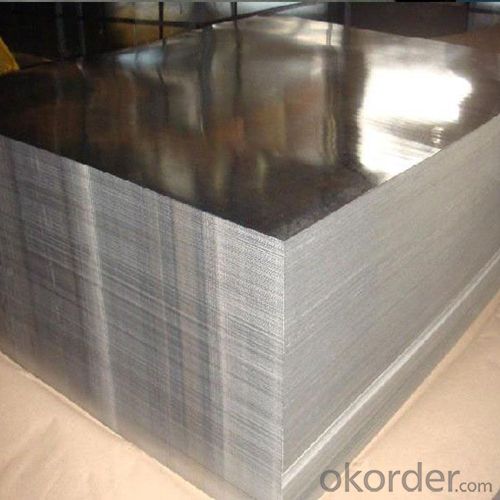
4.Electrolytic Tinplate (ETP) Coil and Sheets for Foods Packaging Specification
Standard | ISO 11949 -1995, GB/T2520-2000,JIS G3303,ASTM A623, BS EN 10202
|
Material | MR,SPCC |
Thickness | 0.15mm - 0.50mm |
Width | 600mm -1150mm |
Temper | T1-T5 |
Annealing | BA & CA |
Coil Inner Diameter | 508mm |
Weight | 6-10 tons/coil 1~1.7 tons/sheets bundle |
Passivation | 311 |
Oil | DOS |
Surface | Finish,bright,stone,matte,silver |
5.FAQ of Electrolytic Tinplate (ETP) Coil and Sheets for Foods Packaging
- How are the Electrolytic Tin Plates specified?
The Electrolytic Tin Plates are specified as per the steel base, extent of tempering, the coating weight, annealing method and the surface finish.
- How many types there are for base steels?
The base steels are of three types: Type MR, L, D
- How many types there are for base steels?
The base steels are of three types: Type MR, L, D
-What your tinplate material is used for ?
Tinplate is widely used for the packaging of products. Such as food cans,
beverage cans, pet cans, closures, general line cans and so on.
- Q:What are the different forms and shapes tinplate can be manufactured into?
- Tinplate can be manufactured into various forms and shapes, including sheets, coils, cans, containers, boxes, and packaging materials.
- Q:How does tinplate handle exposure to light?
- Tinplate handles exposure to light quite well. Due to its metallic properties, tinplate is not affected by light in terms of discoloration or degradation. It does not absorb light and is not prone to fading or yellowing. Therefore, tinplate can maintain its appearance and integrity even when exposed to light for extended periods.
- Q:Can tinplate be used for packaging of perishable goods?
- Yes, tinplate can be used for packaging of perishable goods. Tinplate is a type of steel coated with a thin layer of tin, which provides excellent barrier properties against moisture, light, and oxygen. This helps to preserve the freshness and quality of perishable goods by preventing spoilage and extending the shelf life. Additionally, tinplate is also resistant to corrosion, making it suitable for packaging perishable items that may release moisture or acidic substances.
- Q:How is tinplate coated for stationery and office supplies?
- Tinplate is coated for stationery and office supplies through a process called electroplating, where a thin layer of tin is applied onto the surface of the metal. This coating provides a protective barrier against corrosion and enhances the visual appeal of the products.
- Q:How does tinplate contribute to the overall sustainability of packaging?
- Tinplate contributes to the overall sustainability of packaging in several ways. Firstly, tinplate is highly recyclable, meaning that it can be reused and repurposed indefinitely without losing its quality. This reduces the demand for virgin materials and minimizes the environmental impact of packaging production. Additionally, tinplate has excellent barrier properties, which helps protect the contents of the packaging from spoilage, extending their shelf life and reducing food waste. Furthermore, tinplate is lightweight yet durable, allowing for efficient transportation and reducing carbon emissions associated with logistics. Finally, tinplate has a long lifespan and can be reused in various forms, making it a more sustainable choice compared to other packaging materials.
- Q:How does tinplate handle exposure to chemicals and solvents?
- Tinplate is known for its excellent resistance to corrosion caused by chemicals and solvents. It has a protective tin coating that acts as a barrier, preventing direct contact of the metal with the substances. This makes tinplate highly resistant to most chemicals and solvents, ensuring durability and maintaining product integrity.
- Q:What are the main challenges in tinplate coating thickness control?
- One of the main challenges in tinplate coating thickness control is achieving uniformity across the entire surface of the tinplate. The coating thickness must be consistent and within the desired range to ensure proper protection and functionality of the tinplate. Additionally, controlling the coating thickness requires precise measurement and monitoring techniques as well as the ability to adjust the coating process parameters in real-time to account for any variations or deviations. Another challenge is ensuring the adhesion of the coating to the tinplate surface, as poor adhesion can lead to coating defects and reduced performance. Lastly, controlling the coating thickness while maintaining cost-effectiveness can be a challenge, as it requires optimizing the coating process to minimize material waste and reduce production costs.
- Q:Can tinplate be used for packaging personal hygiene products?
- Yes, tinplate can be used for packaging personal hygiene products. Tinplate is a popular choice for packaging due to its durability, resistance to corrosion, and ability to preserve the quality and freshness of products. Additionally, tinplate can be easily decorated, making it suitable for branding and marketing purposes.
- Q:How does tinplate compare to tin-free steel in terms of properties and applications?
- Tinplate and tin-free steel have distinct properties and applications. Tinplate is steel coated with a thin layer of tin, making it corrosion-resistant, ductile, and ideal for applications requiring high aesthetic appeal, such as food and beverage packaging. On the other hand, tin-free steel lacks the tin coating but compensates with a polymer or metallic coating, offering enhanced strength and weldability. Tin-free steel finds application in various industries, including automotive, construction, and industrial packaging, where durability and cost-efficiency are prioritized over aesthetic requirements.
- Q:What are the disadvantages of using tinplate?
- Some disadvantages of using tinplate include its susceptibility to rust and corrosion, limited design options due to its rigid nature, higher cost compared to alternative materials, and potential health risks if the tin coating is damaged and ingested.
1. Manufacturer Overview |
|
|---|---|
| Location | |
| Year Established | |
| Annual Output Value | |
| Main Markets | |
| Company Certifications | |
2. Manufacturer Certificates |
|
|---|---|
| a) Certification Name | |
| Range | |
| Reference | |
| Validity Period | |
3. Manufacturer Capability |
|
|---|---|
| a)Trade Capacity | |
| Nearest Port | |
| Export Percentage | |
| No.of Employees in Trade Department | |
| Language Spoken: | |
| b)Factory Information | |
| Factory Size: | |
| No. of Production Lines | |
| Contract Manufacturing | |
| Product Price Range | |
Send your message to us
Electrolytic Tinplate Coil and Sheets for Foods Packaging
- Loading Port:
- Tianjin
- Payment Terms:
- TT OR LC
- Min Order Qty:
- 25 m.t.
- Supply Capability:
- 7000 m.t./month
OKorder Service Pledge
OKorder Financial Service
Similar products
New products
Hot products
Hot Searches
Related keywords
